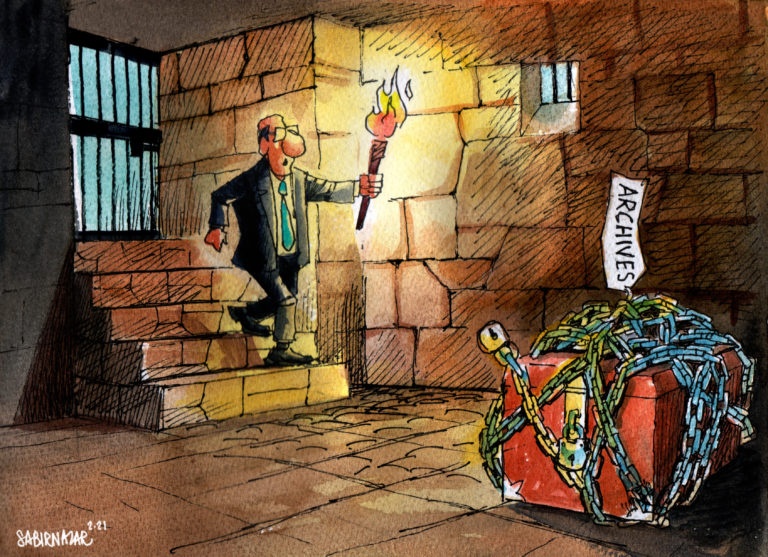By Zainab Zafar
With only seven years before Pakistan must meet its Vision 2030, it seems there is a hindrance to its path. Achieving the Sustainable Development Goals (SDGs) requires reliable data that is not only gender inclusive but accounts for other marginalized groups to be included to create holistic solutions to the country’s growing problems. Currently, Pakistan ranks at 128/166 to achieve the SDGs.
To put into perspective, currently Pakistan not only has misrepresented data where we have a myriad of women and girls missing from the equation but we also have certain indicators, the SDGs, which hold no data available at all. Take, for instance, Sustainable Development Goal 8 – achieving decent work and economic growth. Given, we have made progress in recent years, in 2022 alone the Parliament passed the amendment to the Protection against Harassment of Women at the Workplace to now include claims to be brought against previous employers and protection of the transgender community. This showed significant progress in achieving decent work and led to economic growth. However, at the current moment, there remains no available data for victims of modern slavery on the Sustainable Development Goals index. The inclusion of data on child labour, forced labour and bonded labour is missing. Not only does this lack of information affect SDG 8 but also plays an integral role in reducing poverty (SDG1).
From railway coolies to young women and children working in domestic households with little or no protection, the data is essential to not only curating tangible solutions but to have a realistic implementation of said solutions. The Global Slavery Index of 2021 showed Pakistan housing nearly 3.19 million people living under modern slavery. This information remains essential to Pakistan moving closer to meeting Vision 2030.
Moving onto the gender data gap, nearly half of 130 million girls in Pakistan remain out of school. According to Data2X, at the rate of Gender data available, it will take countries nearly another 22 years to ensure representative data for gender in line with all SDGs. Similarly, they show the lack of inclusion of women in financial data leads to women suffering and the economy as a whole. With specifying six countries, including Pakistan, Data2X shows that Bangladesh has the potential to reach a revenue of nearly a billion USD if they curated solutions by gender-specific data, tailoring their solutions to representative data.
So far, we have been following a one-size-fits-men approach coined by Criado Perez. Voice commands by Google are more likely to understand men by 70%, fitness monitors do not account for housework steps accurately by nearly 74% and car companies test seatbelt safety with a male majority data making women more likely to suffer harm from car accidents. Technological advancement is essential to achieving the SDGs with innovative solutions being at the forefront. Pakistan will suffer greatly with its lack of information available.
According to the UN Department of Economic and Social Affairs (UN DESA), it could take nearly 300 years to realistically achieve SDG 5 due to the gender data gap. There is a dire need for investment in gender data inclusion.
In Pakistan, however, this extends beyond just gender. There is an inaccurate picture of data relating to various aspects including gender, religious minorities, ethnicity, education and employment. Center for Social Justice (CSJ) and Peoples Commission for Minorities Rights have stressed the need to include minority religious groups accurately in Pakistan’s census. The importance of religious minorities being portrayed correctly could not only lead to better economic empowerment for these communities adding to achieving SDG 1 and 8 but also give us a clearer picture of forced conversation and marriages that Christian and Hindu minority girls are often subjected to in Pakistan. With the country equally suffering from a sectarian genocide, there is a dire need for a cultural change to change mob mentality and ensure a safer Pakistan for minority sects and religious minorities.
With the current situation, despite the law, there remains a need for active implementation of protection for minority groups. Without this Pakistan will continue to lack in its representation of its diverse population. People taking the law into their own hands has been a tale our country has become too familiar with.
With 3571 daughters of Punjab still missing, there is a long road ahead until Pakistan gets on the right track. Without the realization of inclusion of its invisible people, the progression towards not just the SDGs but a safe and inclusive Pakistan that was dreamt of in 1947, remains nothing but merely a dream.
The writer is a student based in Islamabad


